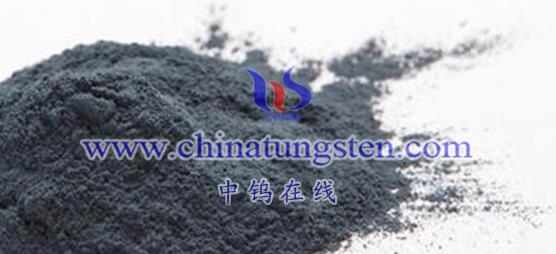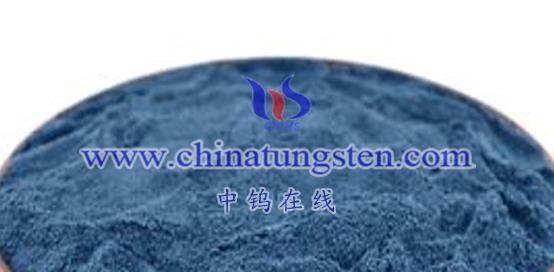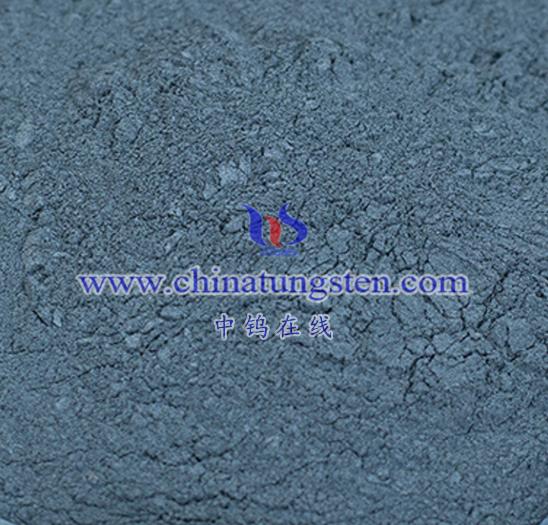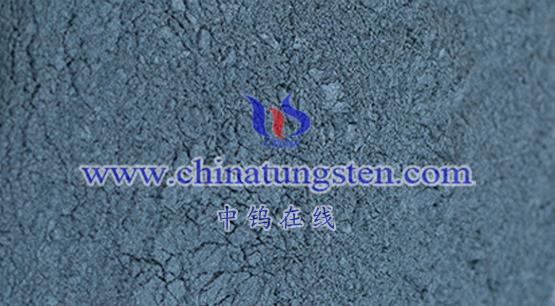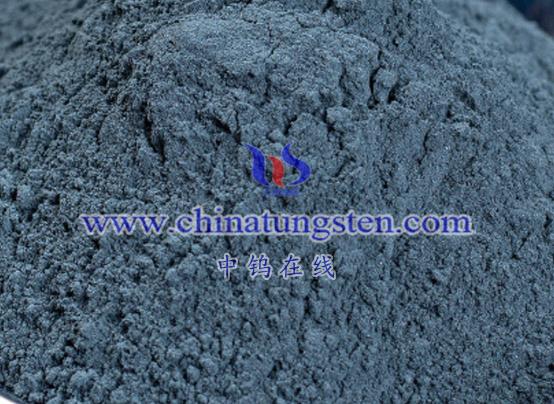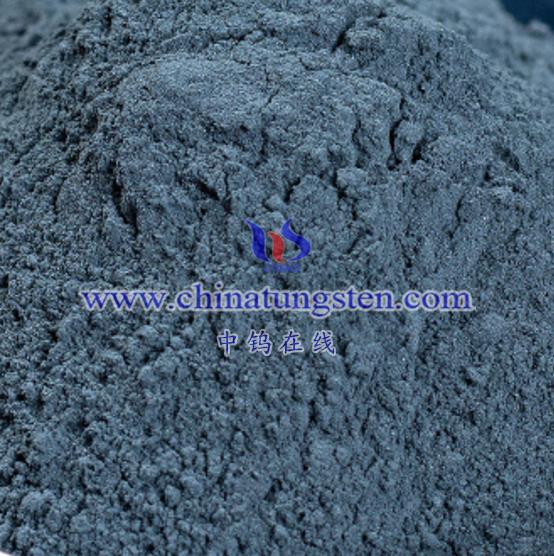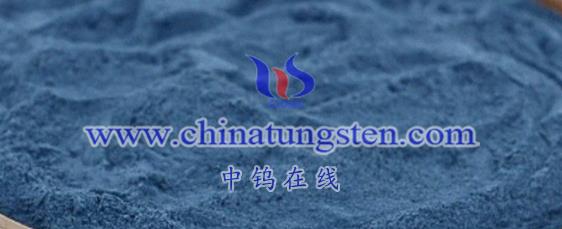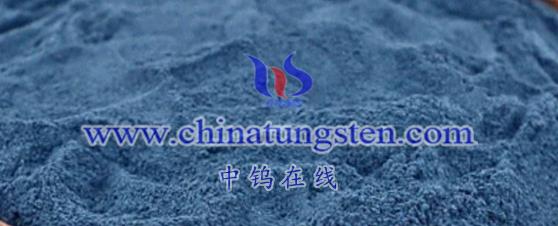
Nano-tungsten trioxide (WO₃) as a primary catalyst has a wide range of application scenarios, primarily due to its large specific surface area, abundant active sites, excellent catalytic performance, selectivity, and photocatalytic properties. The following is a detailed summary of its main application scenarios:
- Environmental Protection Field
- Automotive Exhaust Treatment: Nano-tungsten trioxide serves a crucial role in automotive exhaust purification systems by catalyzing the reduction of nitrogen oxides (NOx), converting harmful gases into harmless nitrogen and water vapor, thereby effectively reducing environmental pollution from vehicle emissions.
- Water Treatment: In the water treatment sector, nano-tungsten trioxide can catalyze the oxidative degradation of organic pollutants. Its photocatalytic properties accelerate the decomposition of organic substances under light conditions, enhancing the efficiency of water purification.
- Energy Field
- Lithium-Ion Batteries: As an anode material for lithium-ion batteries, nano-tungsten trioxide exhibits high energy density and cycling stability. By optimizing the electrode structure and reaction kinetics, it can improve overall battery performance and extend battery lifespan.
- Photocatalytic Hydrogen Production: Nano-tungsten trioxide also performs excellently in photocatalytic hydrogen production processes. It can absorb visible light and generate photogenerated electron-hole pairs, promoting the photolysis of water molecules to produce hydrogen and oxygen. This provides new pathways for the storage and utilization of renewable energy.
- Chemical Industry Field
- Organic Synthesis: In organic synthesis reactions, nano-tungsten trioxide can catalyze a variety of chemical reactions. Its outstanding catalytic performance and selectivity allow for high yields and purity when synthesizing complex organic compounds.
- Petrochemical Industry: In the petrochemical sector, nano-tungsten trioxide can be utilized in hydrogenation, dehydrogenation, and oxidation processes. By optimizing reaction conditions and catalyst performance, the reaction efficiency can be improved while reducing production costs.
- Gas Sensing Field
- Gas-Sensitive Sensors: As an n-type semiconductor material, nano-tungsten trioxide is sensitive to various gases (such as H₂S, NH₃, H₂, O₃, etc.). Therefore, it is widely used in the fabrication of gas-sensitive sensors for detecting gas concentrations and types in the environment. These sensors hold significant application value in environmental monitoring and industrial safety.
- Other Fields
- Solar Cells: Nano-tungsten trioxide serves as a counter electrode material in dye-sensitized solar cells (DSSCs), exhibiting excellent electrocatalytic performance and stability. It effectively promotes electron transfer and collection, improving the photoelectric conversion efficiency of solar cells.
- Biomedical Applications: The unique physical and chemical properties of nano-tungsten trioxide suggest potential applications in biomedical fields, such as drug delivery and photothermal therapy. However, it is essential to consider its biocompatibility and safety for applications in this domain.
In summary, nano-tungsten trioxide as a primary catalyst has a broad range of application scenarios in environmental protection, energy, chemical industry, gas sensing, and solar cells. With the continuous development and in-depth research of nanotechnology, it is believed that the performance and application scope of nano-tungsten trioxide as a primary catalyst will continue to expand and improve.
More details of tungsten oxide product, please visit website: tungsten-oxide.com
Please contact CHINATUNGSTEN for inquiry and order of tungsten oxide:
Email: sales@chinatungsten.com
Tel.: 86 592 5129595
